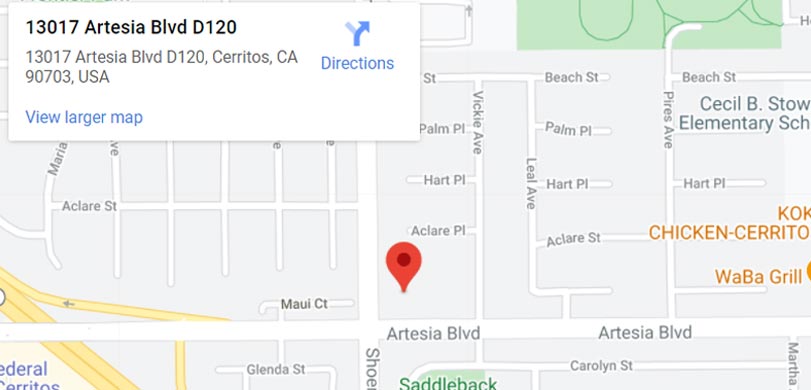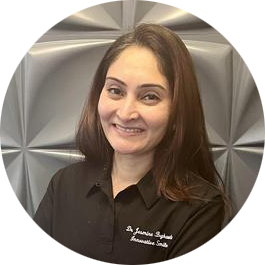Being a parent is hard. You always want to do what is best for your children, but you don’t always know exactly what that is. When it comes to their health and wellness, it’s even more complicated. Everyone has an opinion, and misinformation flows freely around the internet, giving people ample opportunity to take advantage of it. That is why you have to pick who you can trust when it comes to protecting your children as they grow up. But when should your kid get braces?
If your concern is your child’s teeth, then look no further than your local dentist. At Jesmine Boghawala DDS, the top orthodontist Cerritos has more than nine years of experience providing patients with the highest quality care. During your initial appointment, the doctor will examine your child’s teeth to determine their overall condition and see how many baby teeth remain. As a general rule, your child’s orthodontist will want to start braces once all of their baby teeth have fallen out, and the majority of their adult teeth have come in. For many kids, this means they will start their braces between the ages of 8 and 14.
Two Different Approaches
Depending on your child’s needs and your orthodontist’s judgement, you may choose one of two paths to start your child’s orthodontic care. Your family dentist Cerritos will be with you every step of the way. There is the interceptive approach and the traditional approach. The interceptive approach may start before all of your child’s adult teeth have come in and uses smaller orthodontic devices to start the straightening process early. The idea is that if they can adjust sets of teeth as they come in, it gives the other adult teeth the opportunity to grow in straight where space has been made for them. The process isn’t right for everyone and remains a source of contention in the field.
You see, some orthodontists believe that the traditional approach is better, as the child tends to spend less time overall with orthodontic devices on their teeth. In the interceptive approach, the orthodontist must make educated guesses regarding how the adult teeth will grow in. By studying your child’s x-rays, they can make space where it is needed with smaller devices. However, it isn’t a full-proof system, which is why some orthodontists prefer to wait until the adult teeth have already replaced the baby teeth entirely. The traditional approach allows them to deal with known factors only and removes the need for estimation.
What’s Right for Your Child?
At Jesmine Boghawala DDS, your child’s orthodontist will help you make the right choice for them. By studying their x-rays, observing the size of the teeth in relationship to the jaw, and asking about family dental history, your orthodontist will advise you on the best possible path for your child. These all help determine when your kid should get braces.
To get a better understanding of what is shaping their recommendation, feel free to ask questions. Here are a few that can help you compare options.
- How long will the entire process take?
- Is this approach likely to spare my child discomfort or pain?
- How much will it cost?
To make sure you have the opportunity to choose between the interceptive approach and the traditional approach, you should take your child in for an early evaluation at around age 7. It may be too early for your child, but starting the discussion when they’re young will give you access to the full range of options and allow you time to make an educated decision based on your conversations with the orthodontist. By engaging in the conversation early and taking the time to have all your questions answered, you can be sure that you are making the right decision for your child at the right time.






